When Dubliners John and Jodie McAllister were looking to create their dream home, they knew that they wanted to stay in the area they loved.
So, when an opportunity arose to buy a site in their neighbour’s back garden, they were quickly sold on the idea of staying local. But what kind of a house should they build?
As an architect, John had a clear vision of what their new home needed to look like – a smart design with an energy-efficient construction.
Step forward German self-build homes provider WeberHaus. The couple were impressed with the high speed, dimensionally accurate perfection and impressive implementation that the company offered. Not to mind the speed of delivery.
“We wanted something dramatic, lots of room height and a conceptual design from the inside out. A contemporary building using natural materials,” says John, adding that they were able to work with WeberHaus to turn their individual vision into the house they had dreamed of, even incorporating all the ecological elements that were important to them.
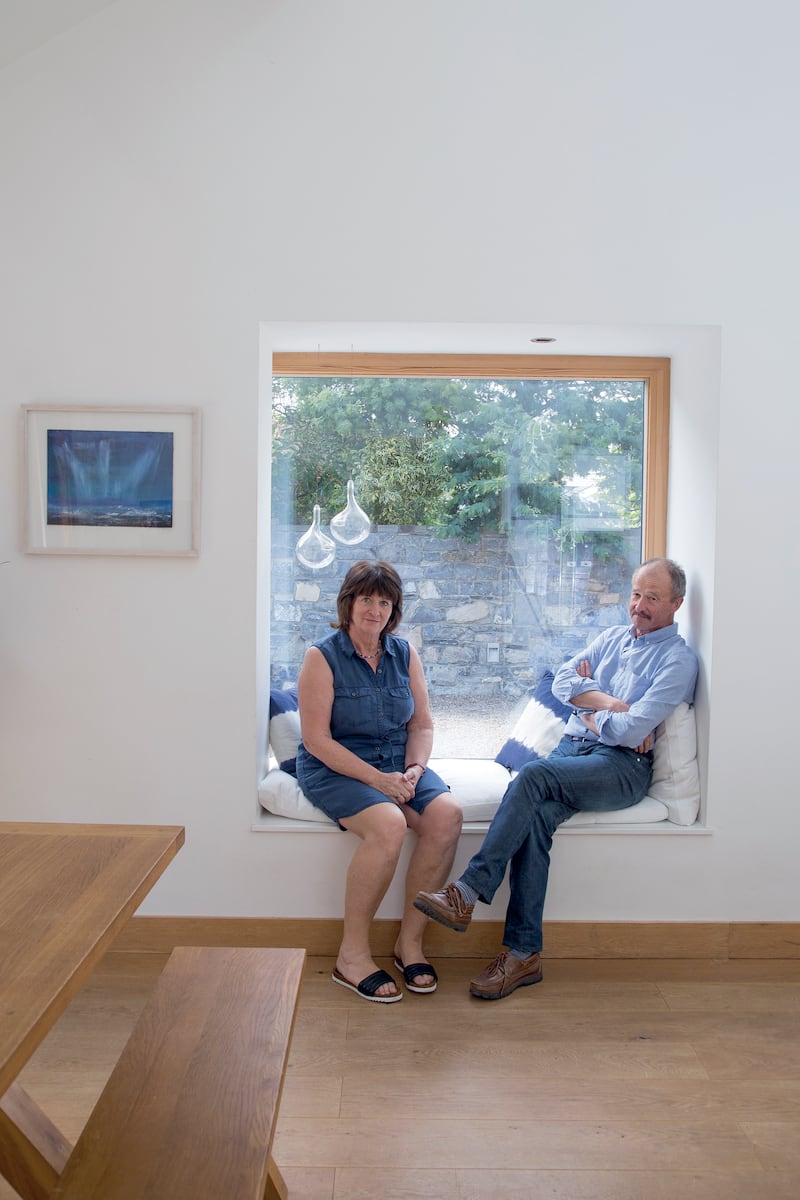
“The house is built from natural, highly insulating, sustainable wood, which I appreciate as an architect. We have dreamed of this home,” he says.
***
The German company constructs ecological prefabricated houses from its base in Rheinau-Linx. The houses are mainly made of natural sustainably grown timber, and the house modules are constructed in the company’s German factory. They are then shipped to the site where the house is built.
To date, it has built 10 houses across rural and urban locations in Ireland — and some 40,000 across Europe.

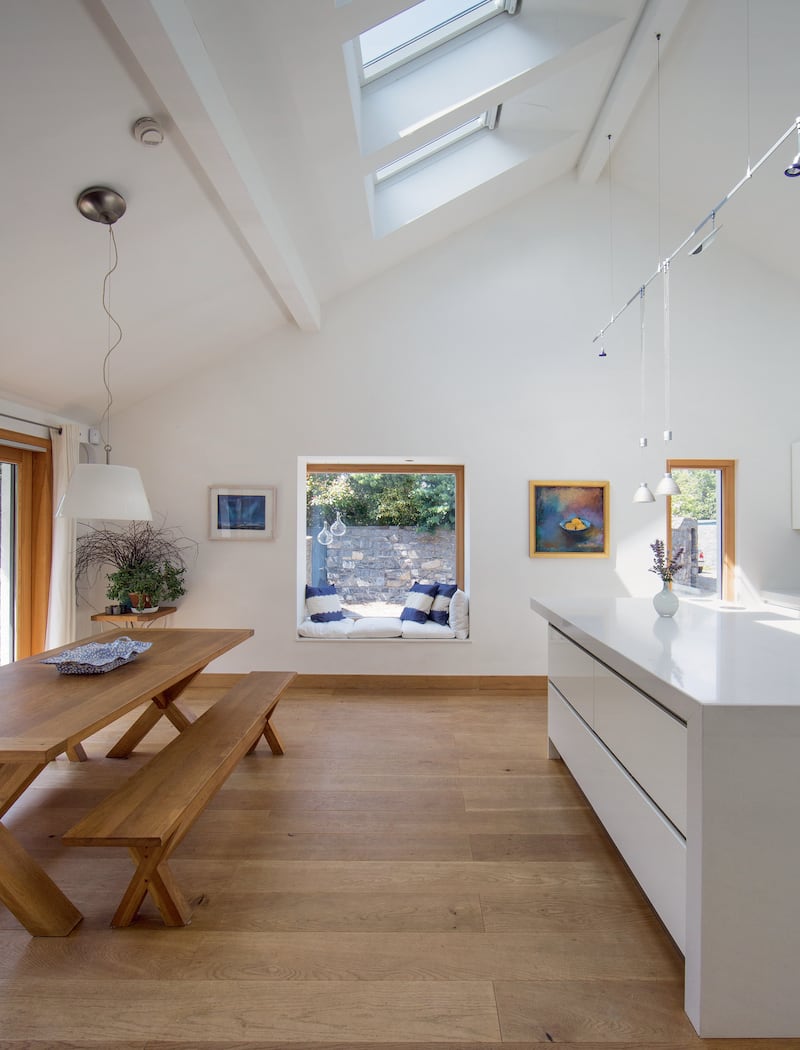
“The advantage of this process is that it only takes a few days to build a watertight shell (windows, doors, walls and roof). Each house is based on the same system, the ÖvoNatur wall system,” the company says.
It says it offers a wide range of styles, ranging from a small bungalow to a large villa-style home, as well as a wide range of finishes, and a flexible layout. A big advantage of the offering is that you have a lot of freedom in how you design the home.
The company says that customers typically opt for its products because they want a complete turnkey solution and don’t want to take on dealing with building contractors.
“Everything from groundworks, basement/foundations and house construction is managed by WeberHaus and our trusted network of suppliers,” the company says. This includes every aspect of design — including planning permission, interior design and house construction.
***
So how long does it really take to get your home put on site? Well, while on-site construction may take just a week to be weatherproof, the entire process, from design to finished house, typically takes about a year, the company says.
Yes, just because your home is coming from Germany doesn’t mean you can side-step our planning regulations, and as always, finalising the design and getting planning approval for it is going to take time.
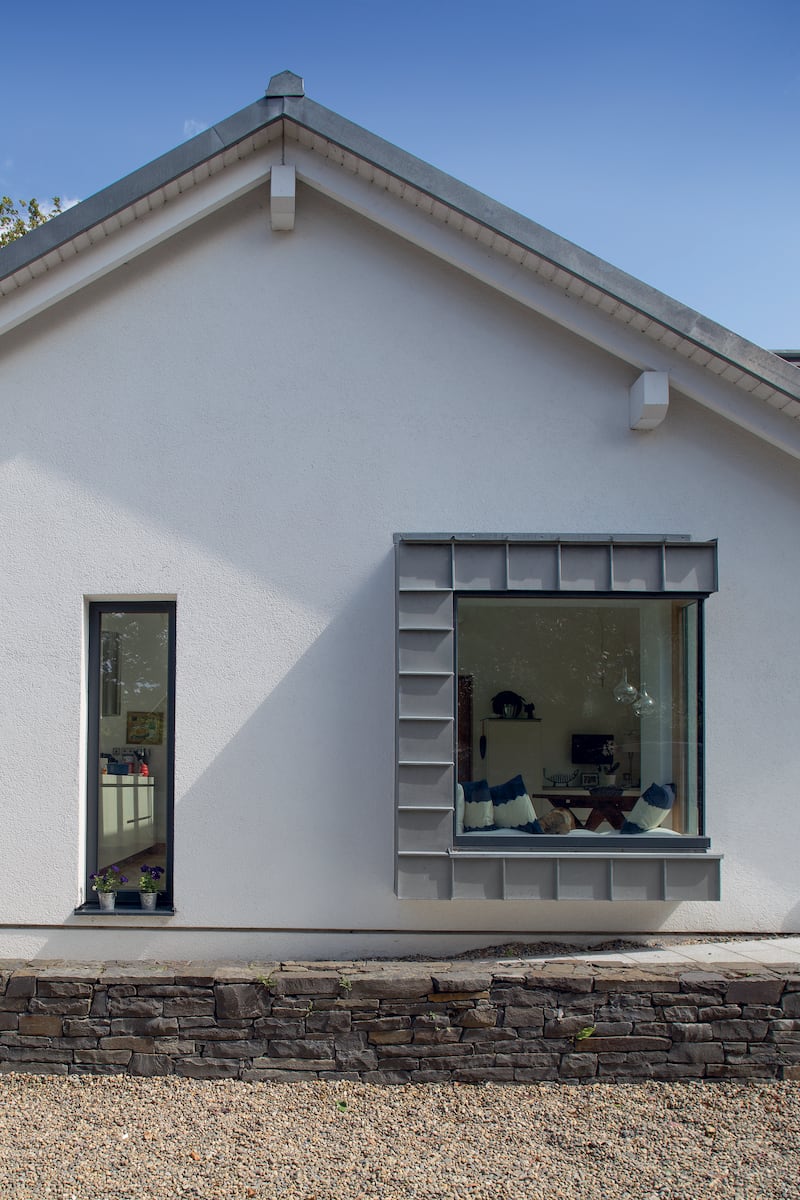
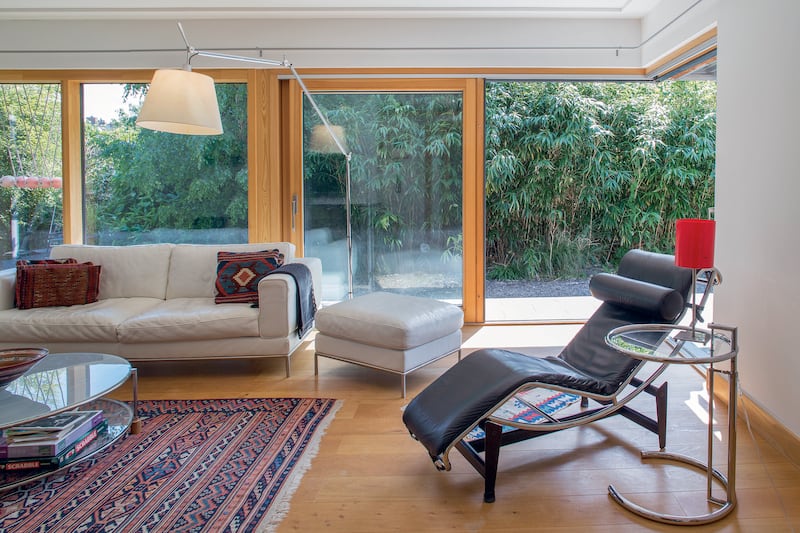
Once this is in place, customers are invited to visit the company’s World of Living site in Erlenpark (nearby airports include Strasbourg and Stuttgart), where they can walk around showhomes, and visit the Hall of Creation. This is where you can find everything, from kitchens to door handles and more, to help you furnish your home.
Once these decisions have been made, the designs are put on the construction schedule — and once the design is finalised, the quote is usually locked in for a period of up to 12 months.
”We develop very detailed works plans factoring in everything from external materials to the ventilation layout, socket locations and more. So, a lot of planning goes in upfront to enable super-accurate pricing,” Manuel Schönwitz, managing director of WeberHaus UK, explains.
“Typically, a house takes a few weeks to manufacture in the factory. This depends on the size of the house, with a smaller house being much quicker than a mansion or villa,” the company says.
Once constructed, the house is delivered to the site, and the house wall modules come complete with windows, doors and in many cases services already installed. This means that everything can be erected on-site in a matter of days, ready for the interior finish.
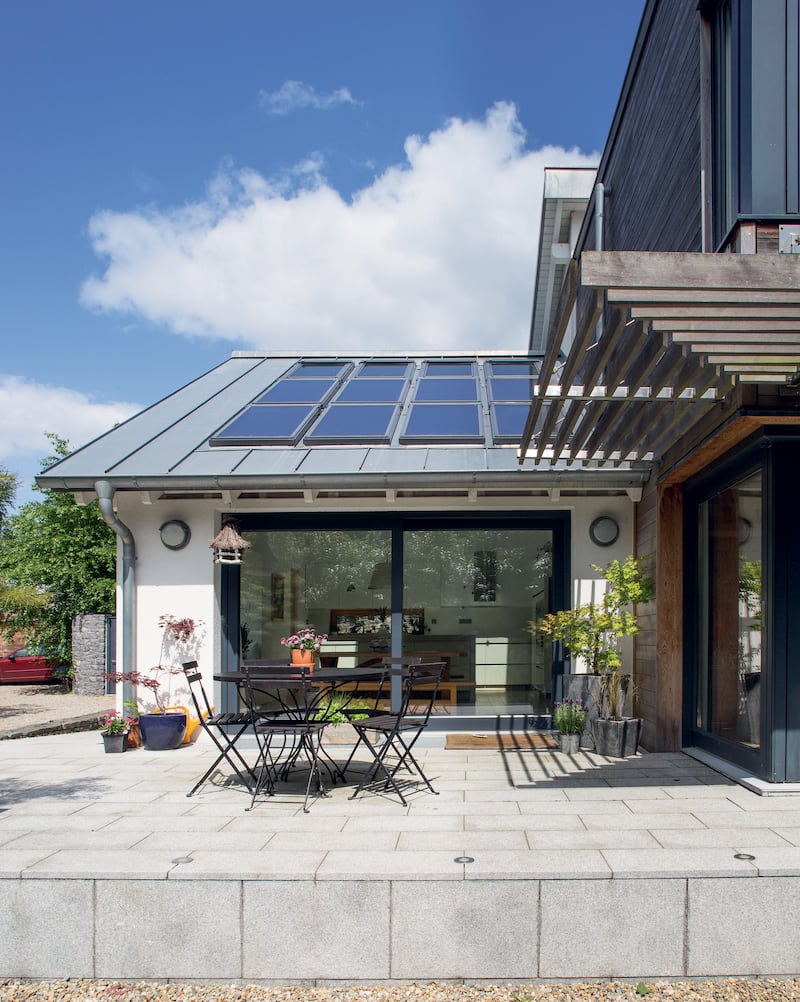
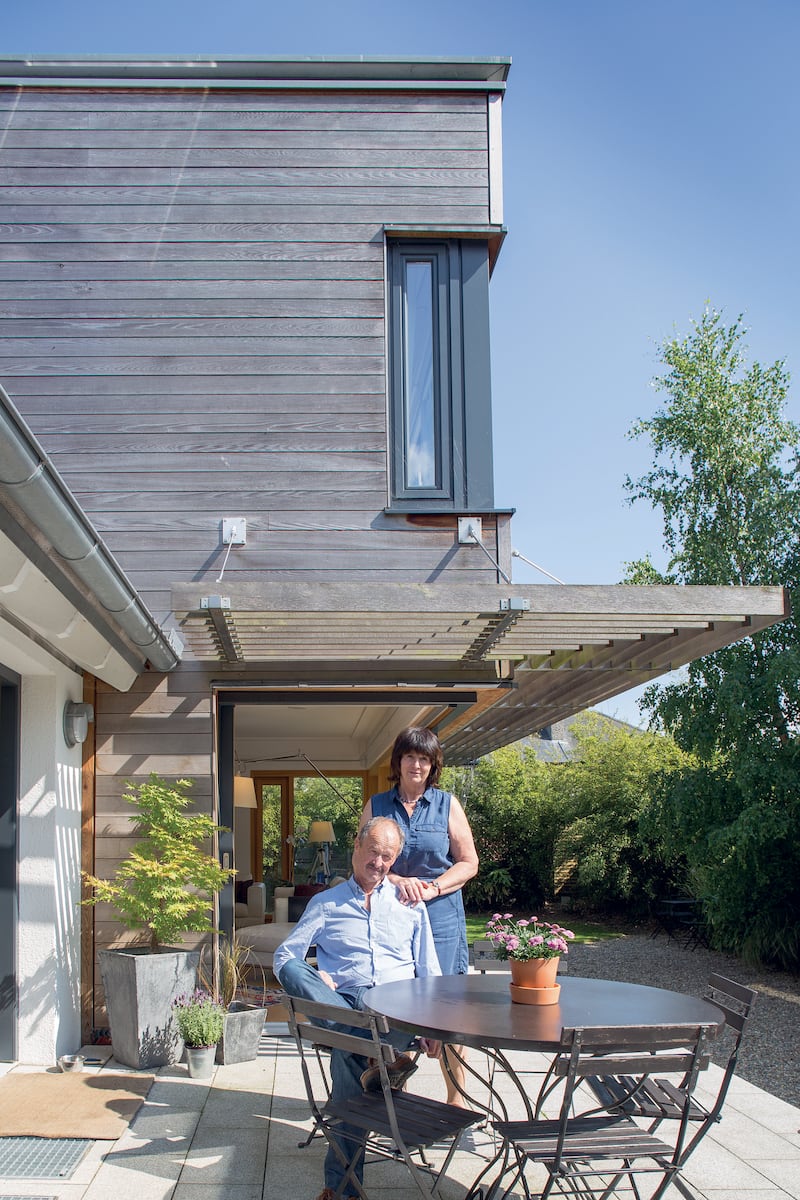
“The house was solidly built within a week, what more could you want?” recalls John.
The interior finish will then take a bit longer — typically between three and six months, depending on the level of customisation and the size of the house.
The big advantage of a house like this, the company says, is that the risk of a subcontractor failing to deliver isn’t an issue.
“The point is to remove these risks from the process.”
***
The individual approach as espoused by WeberHaus is evident in the McAllisters’ home. It features three different roof forms covering nearly 280sq m of living space — a combination that was deliberately chosen by John to achieve contrasts that match those between the plaster facade and weatherboarding.
The family were also keen on bringing the outdoors in, and the mostly floor-to-ceiling windows allow a view of natural greenery in the city.
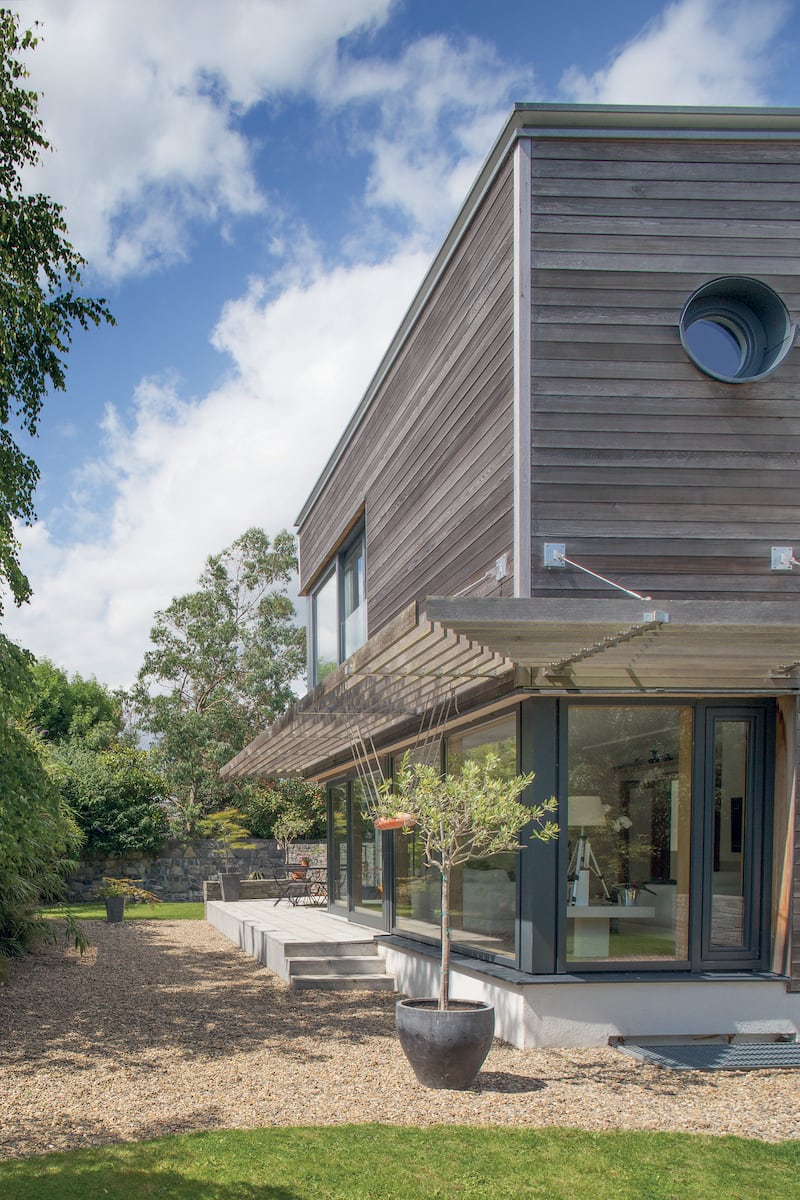
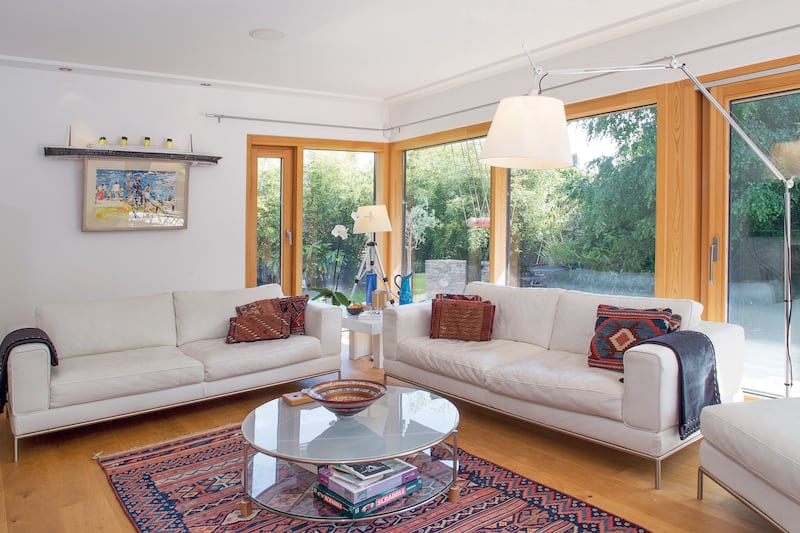
“In a sense, the garden comes into the livingroom and the livingroom goes out into the garden,” says John. This effect is also maximised in the master bedroom, with a glass balustrade outside the floor-to-ceiling window to maintain the view and open up the room.
“We’re in the middle of the city, so it’s lovely to feel that you’re not hemmed in,” Jodie says.
Daylight floods the living and dining area from two sides, as well as through the skylight, thereby creating a different lighting effect depending on the time of day. Even in the basement, a great deal of light penetrates through an inserted glass element directly by the staircase that leads to the lower floor. The basement flat has a separate entrance and forms a self-contained unit with three rooms, kitchen and bathroom. Planning restrictions meant that the house could only be two storeys high, so the basement provided an ideal solution.
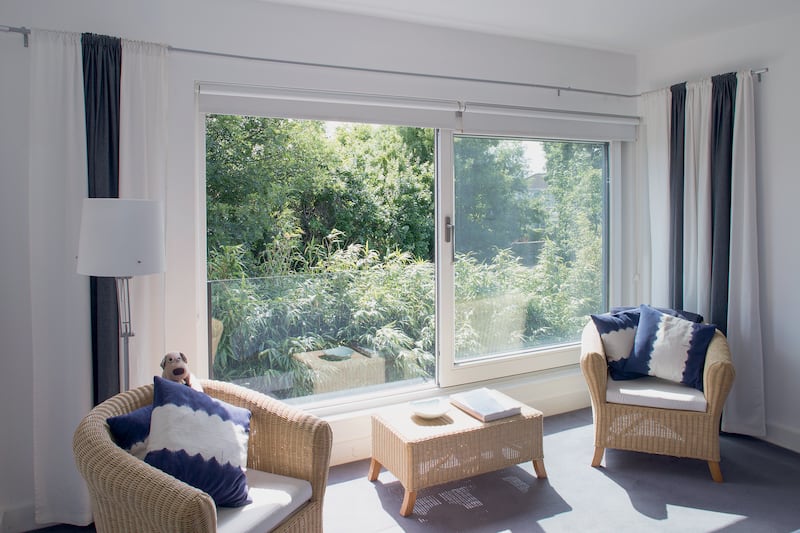
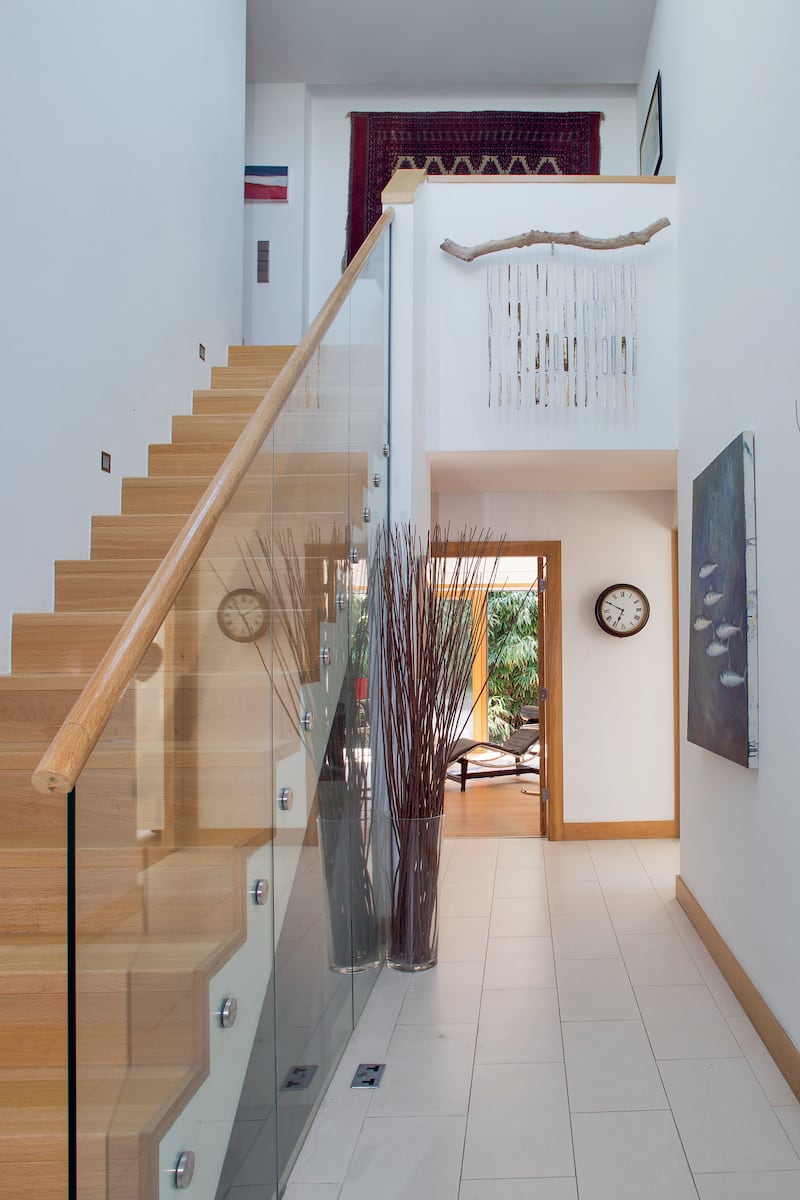
The property is in central Dublin but set back from the road and surrounded by gardens, providing a green peaceful oasis.
The eco-credentials of the home are also important for the family.
“We can take a bath with a clear conscience,” says Jodie, “because the house has a rainwater harvesting system as well as heat via the solar system”.
Looking for a prefabricated home?
WeberHaus is not the only provider of prefabricated homes in Ireland. Huf Haus designs your home in Ireland with Denis Byrne Architects, and it is then built in its factory in Hartenfels, Germany, from where it is delivered to your site and constructed by Huf specialists.
Another option is Scandinavian Homes, which has been operating in Ireland since 1999, building timber-clad energy-efficient homes, which are manufactured in Sweden and subsequently built on-site in Ireland.
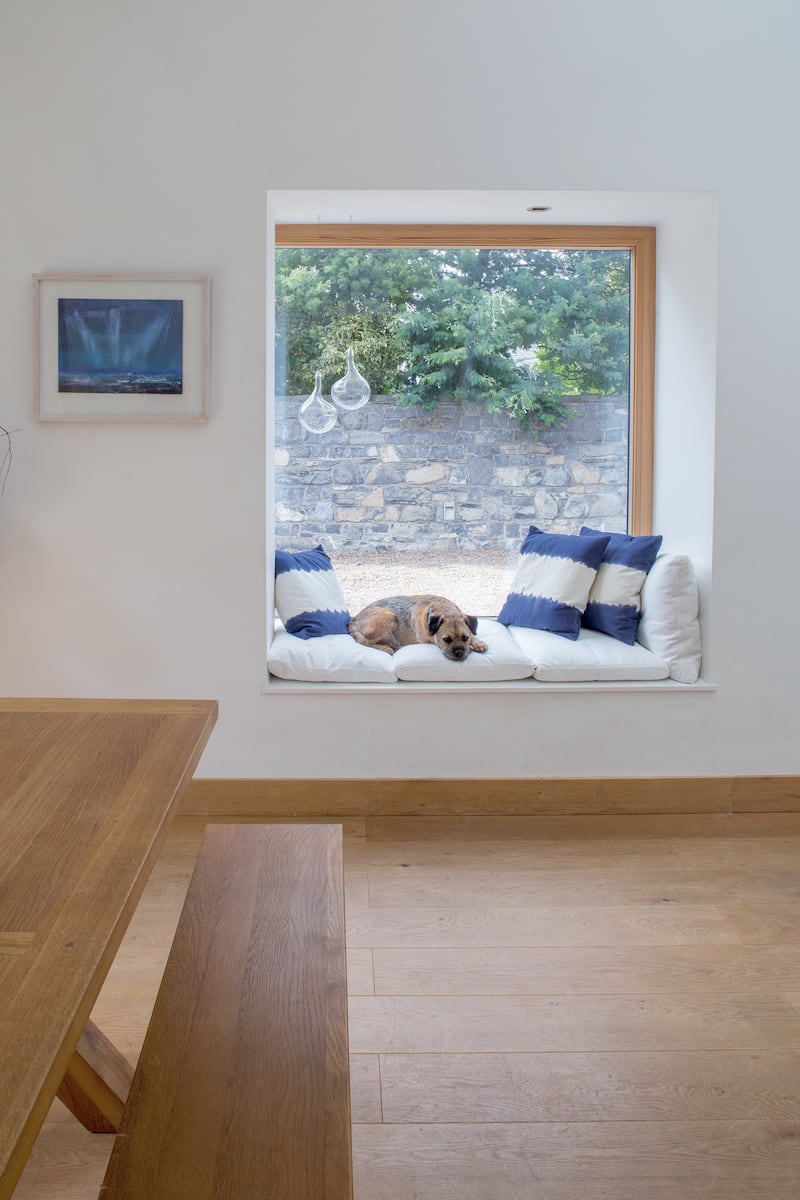
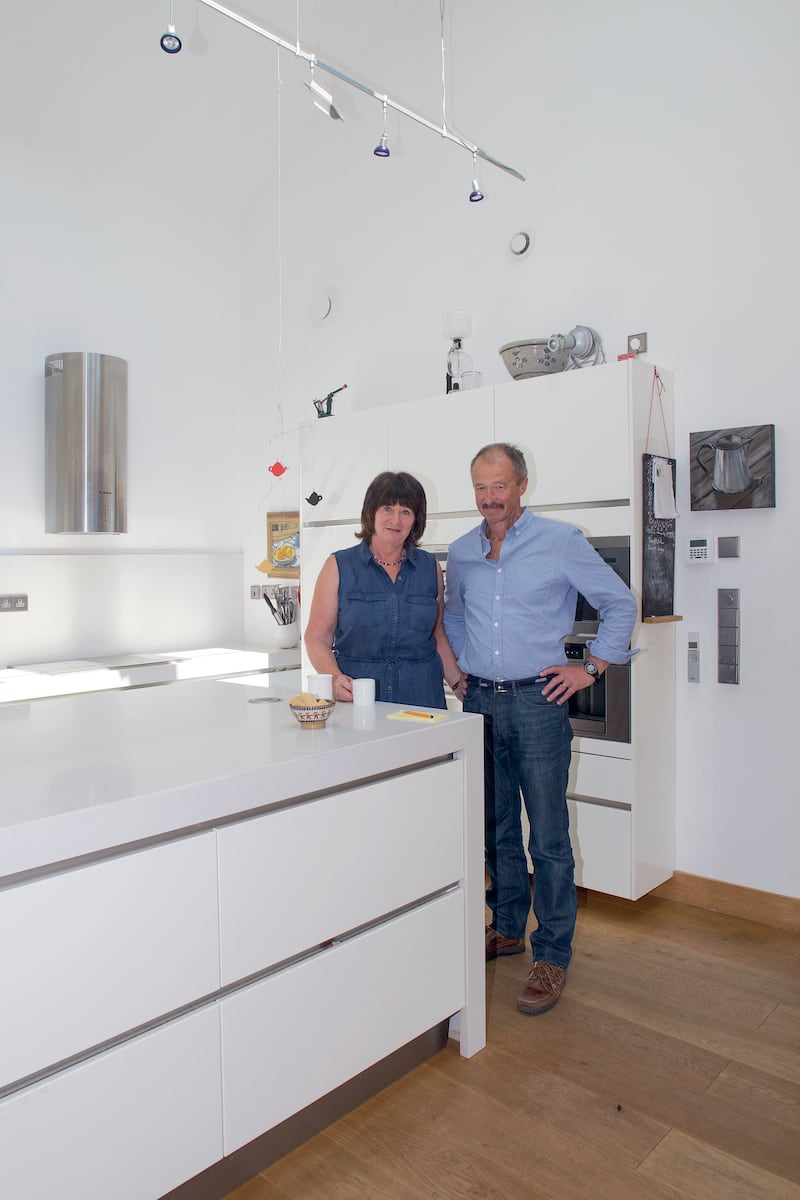
At Scandinavian Homes, a 39sq m home starts at about €162,000 for the finished home, increasing to about €229,000 for a finished 79sq m passive home.
And what about a WeberHaus? The company says that a turnkey package for the house — excluding kitchen, groundworks, slab and basement — starts from €3,750 per sq m. So, a 185sq m house (1,991sq ft) will start at about €693,750.
- Sign up for push alerts and have the best news, analysis and comment delivered directly to your phone
- Join The Irish Times on WhatsApp and stay up to date
- Listen to our Inside Politics podcast for the best political chat and analysis












